Discover the animals living in the four layers of the forest
Discover the animals living in the four layers of the forest
Around the world, forests provide habitats for a wide variety of animals. Many of the world’s forests are the most biodiverse places on Earth. It’s estimated that about 6,700 animal species and 4,700 plant species live in forests.
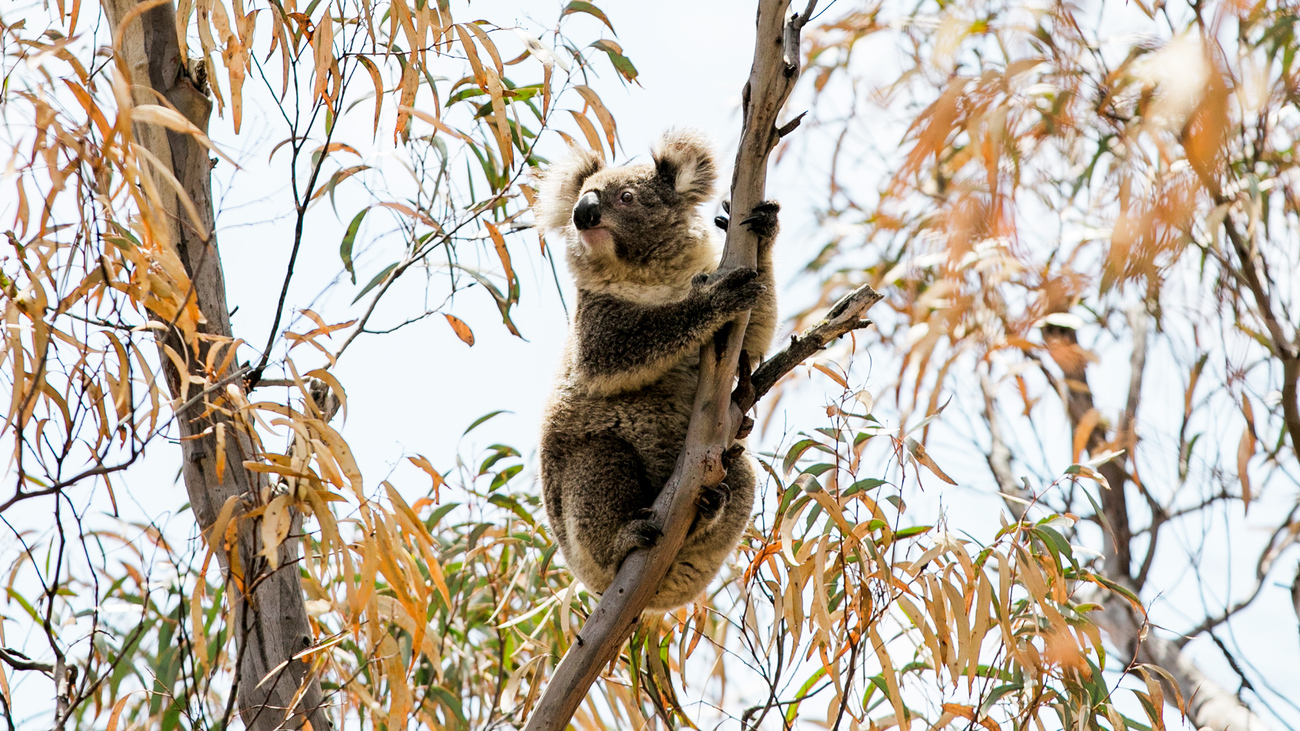
Forests make great habitats because they can provide both food and shelter in the same place. Animals find a variety of shelters in forests, including in tree branches, tree hollows, shrubs, and bushes, among leaves, or in the ground. For prey animals, forests can often provide camouflage from predator species. For predators, forests allow them to remain concealed and sneak up on their prey. Forests also give animals spaces to breed, nest, and take shelter from harsh weather.
In addition to serving as safe havens for so many animals, forests provide crucial benefits to the environment. Forests create water reservoirs, protect soil, filter air, and produce oxygen.
What are the layers of the forest?
Like a four-story building, a forest is divided into layers. Generally, scientists divide forests into four basic layers, but these can be broken down into more layers in some cases. Though they’re all connected, these distinct layers receive different levels of sunlight and host different types of species. Common terminology for the four layers of the forest describes the forest floor, the understory, the canopy, and the emergent layer.
Let’s break down these four layers and take a closer look at what animals inhabit each one, starting with the forest floor.
Forest floor
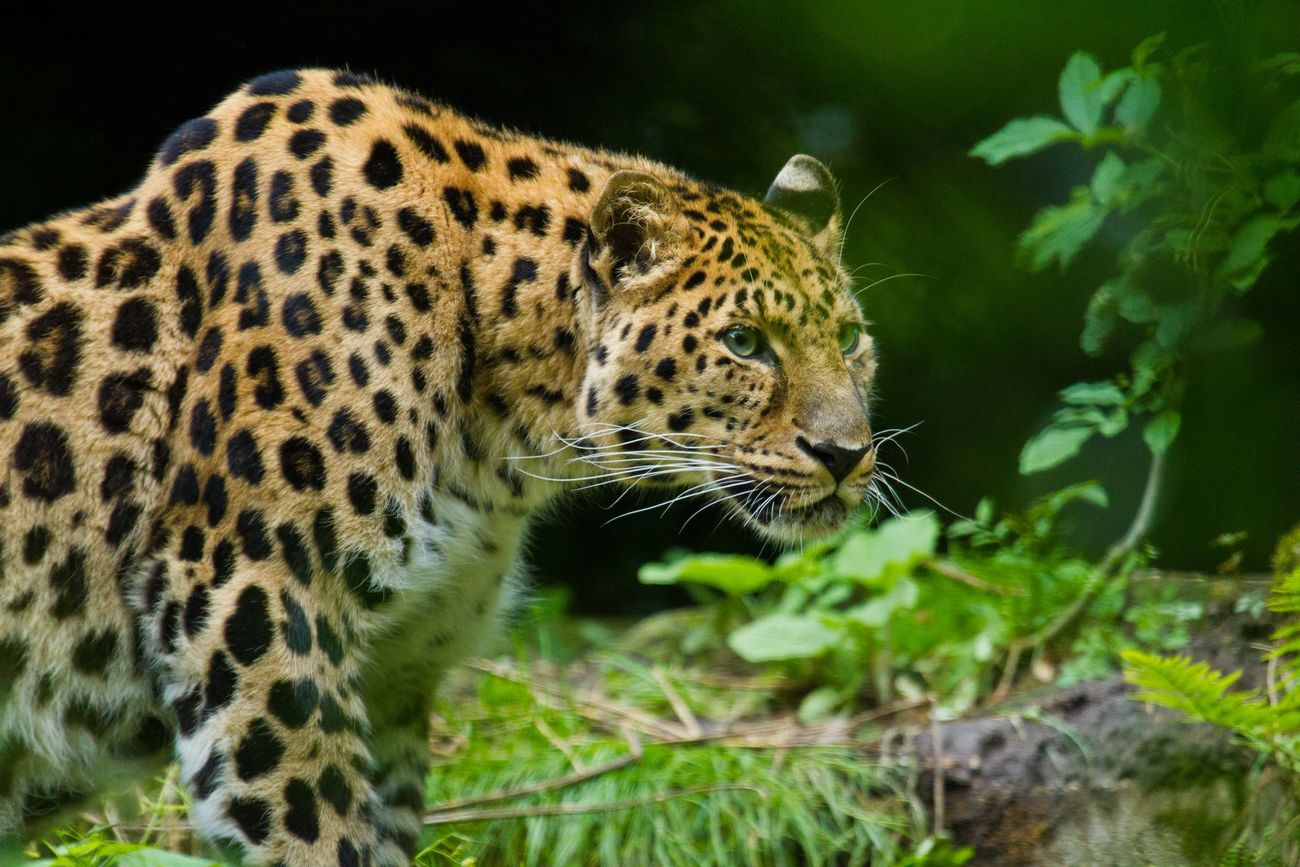
The forest floor is the lowest layer of the forest. This is often the darkest and most humid layer of a forest, and it receives the least amount of sunlight. The forest floor contains leaves, twigs, branches, seeds, and fruits that fall from trees. Helped along by bacteria and fungi, these materials decompose, making the forest floor quite rich in nutrients and creating healthy soil.
Large terrestrial animals are most often found on the forest floor, as they are too large to live in trees. In the forests of Central and West Africa, you may find critically endangered African forest elephants roaming the forest floor. As they do so, they help unearth underground water sources, bring food sources closer to the ground, and clear vegetation, allowing smaller plants to access sunlight.
In the forests of eastern Russia and northern China, you may find Amur leopards. Though they sometimes rest in trees, they tend to roam around on the forest floor. Using the cover of vegetation and darkness, they stalk and catch smaller animals as their prey.
An inhabitant of the forest floor in South America is the giant anteater. These animals have long, sticky tongues and tube-shaped snouts that allow them to dig for insects in the ground. Their unique feeding behaviors not only help control ant and termite populations but also aerate the soil and promote nutrient cycling on the forest floor.
Though they can also climb trees, gorillas primarily live on the forest floor as well. They feed on fruit, stems, roots, vines, herbs, tree bark, and grasses—anything they can reach. As they inhabit the Congo rainforest, gorillas often have to seek shelter from the rain. They may simply sit still on the ground underneath trees, or they will find a cave.
Many smaller animals spend time on the forest floor, too, including rodents, frogs, rabbits, and ground-dwelling birds.
Understory

Also called the strata, the understory is the next layer above the forest floor. It consists of shrubs, herbaceous plants, ferns, and young trees. These plants are well adapted to areas receiving low sunlight. Mosses, lichens, and fungi cover many of the tree trunks and branches in the understory, as do climbing plants and vines. Though it receives more sunlight than the forest floor, the understory is still a relatively dark environment.
This layer is the most likely one to host flying insects, such as mosquitoes, bees, beetles, and butterflies. However, many larger animals reside in the understory, too. Snakes like boa constrictors wind their way around tree trunks, blending into the bark. Small amphibians like poison dart frogs climb stems and leaves after laying their eggs in a nearby stream.
Some animals hide in hollowed out trees, such as owls, parrots, bats, porcupines, squirrels, and raccoons. In Australia, tree hollows also serve as homes for possums, gliders, and antechinus.
Though they also roam on the forest floor, jaguars are frequent residents of the understory in forests of South America, lounging in lower branches. Their spotted patterns help mimic the shadows of leaves in their surroundings, camouflaging them from their prey.
Canopy
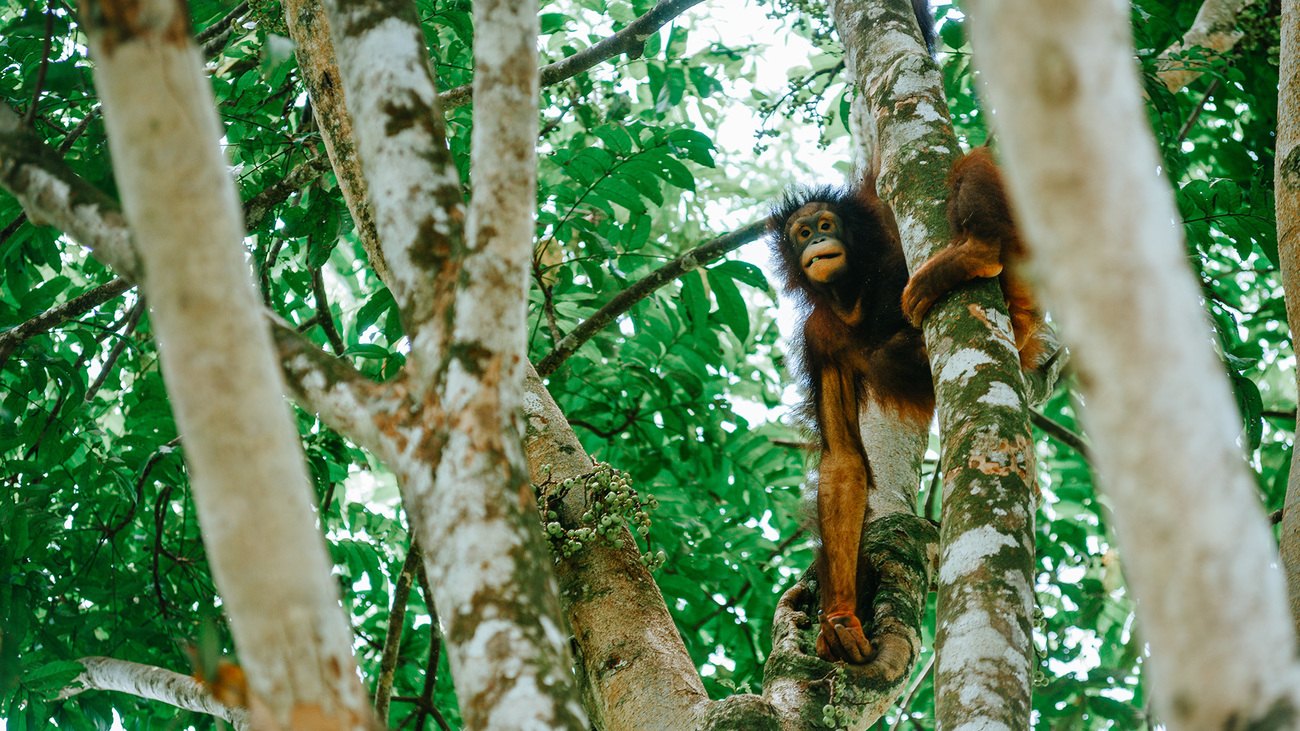
Above the understory is the third layer, the canopy, which typically contains the majority of the species living in the forest. Standing dozens to over a hundred feet above the ground, the canopy consists of overlapping tall trees that act as a roof over the entire forest.
Animals that are good at climbing, gliding, and flying are typically found in the forest canopy. It’s rich with fruits and nuts, which means plant-eating animals can thrive there.
Many apes and monkeys inhabit the canopy, as they are capable of swinging across high tree branches. In Southeast Asia, you might find bright orange orangutans climbing high above you. Forest canopies in southern Asia host gibbons, also known as lesser apes, whose long, flexible arms make them skilled acrobats.
You’ll also find slow lorises there, the world’s only venomous primates, which serve as occasional prey for orangutans as well as snakes and eagles. These small mammals consume nectar and transfer pollen between flowers. They also eat fruit and spread seeds through their feces.
In the tallest forests of Java, Indonesia, you may find Javan leaf monkeys, who prefer the middle and highest parts of the canopy. They feed primarily on fruits and seeds, contributing to the continuous pruning of trees, which helps sunlight reach the forest floor and enables the growth of new plants.
In the eucalyptus forests of Australia, you’ll find koalas high up in trees. These unique marsupials consume up to 1.3 kilograms (2.9 pounds) of leaves every day, but they are very sedentary animals, spending 18 to 20 hours a day sleeping. In Australia and New Guinea, you’ll also find the elusive tree kangaroos.
Spider monkeys inhabit the canopies of Central and South America, eating fruit and dispersing seeds through their droppings. Their feeding and movements are crucial in maintaining plant life in tropical forests. Their long, prehensile tails function as a fifth limb and make them extremely adept at swinging from tree to tree.
Emergent layer
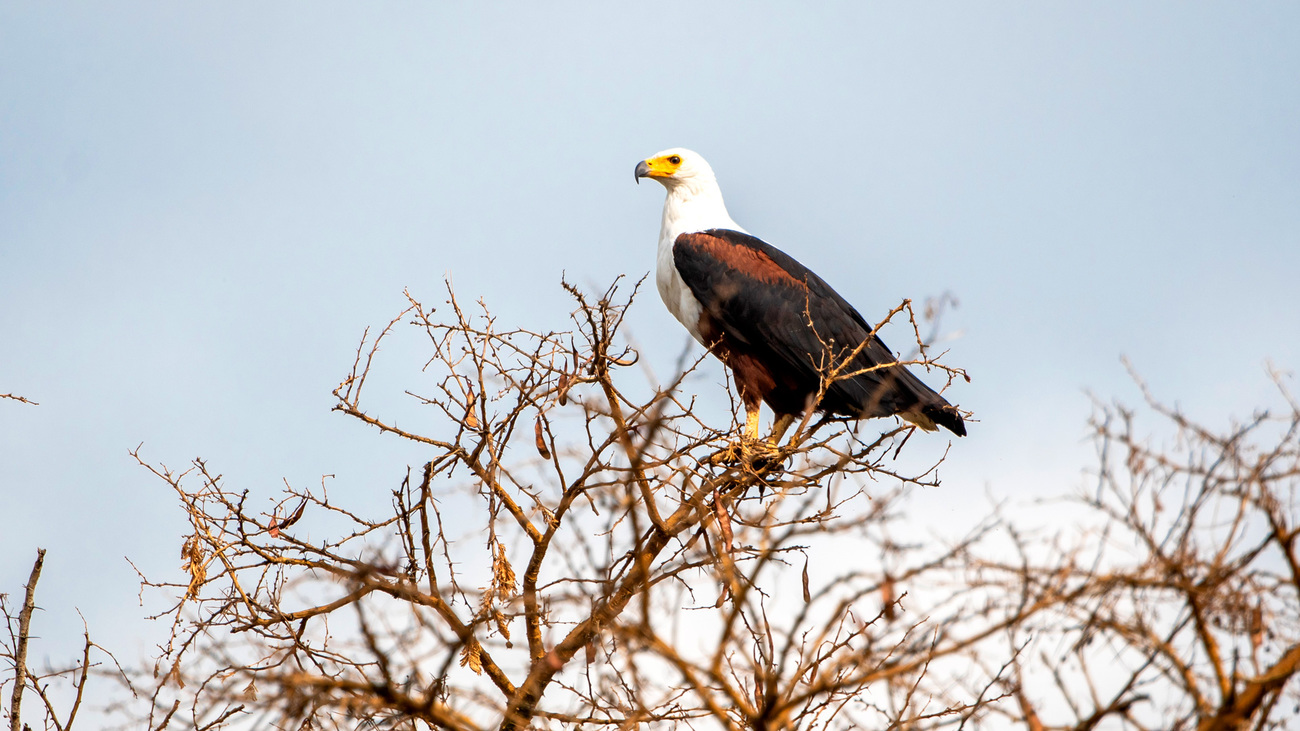
The uppermost layer of the forest is called the emergent layer. This layer consists of the tops of the tallest trees in the forest, which poke out into the sky above the others. These trees might reach up to 100 meters (over 320 feet) tall. This layer tends to experience the most extreme weather conditions. It receives the most sunlight—and direct heat—making it drier than the lower layers. Rain, snow, and wind are also felt most directly by this layer, as are cold temperatures at night.
To adapt to these rough conditions, trees in the emergent layer have evolved to have small, tough leaves coated in thick wax. Many of the branches in this layer are the thinnest, which means that heavier animals cannot live there. It is primarily flying and gliding animals that inhabit the emergent layer.
Birds of prey are often found in the emergent layer. A few examples are the harpy eagle of Central and South America, the bald eagle of North America, the African fish eagle, and the white-bellied sea eagle of Australia and southern Asia. Bald eagles tend to build their nests high up in mature, old-growth trees. This gives them a great view of the surrounding area, but it also means their nests must withstand strong winds, snow, and rain.
Parrots are also often found in the emergent layer of forests, including the scarlet macaw of Central and South America and Australia’s cockatoos. Some bats, gliders, insects, and monkeys also reside in the emergent layer. As these trees are spaced further apart from one another than the trees of the canopy, animals that can’t fly have a more difficult time moving around in this layer, and prey animals have less cover here from predators.
What threats do forest animals face?
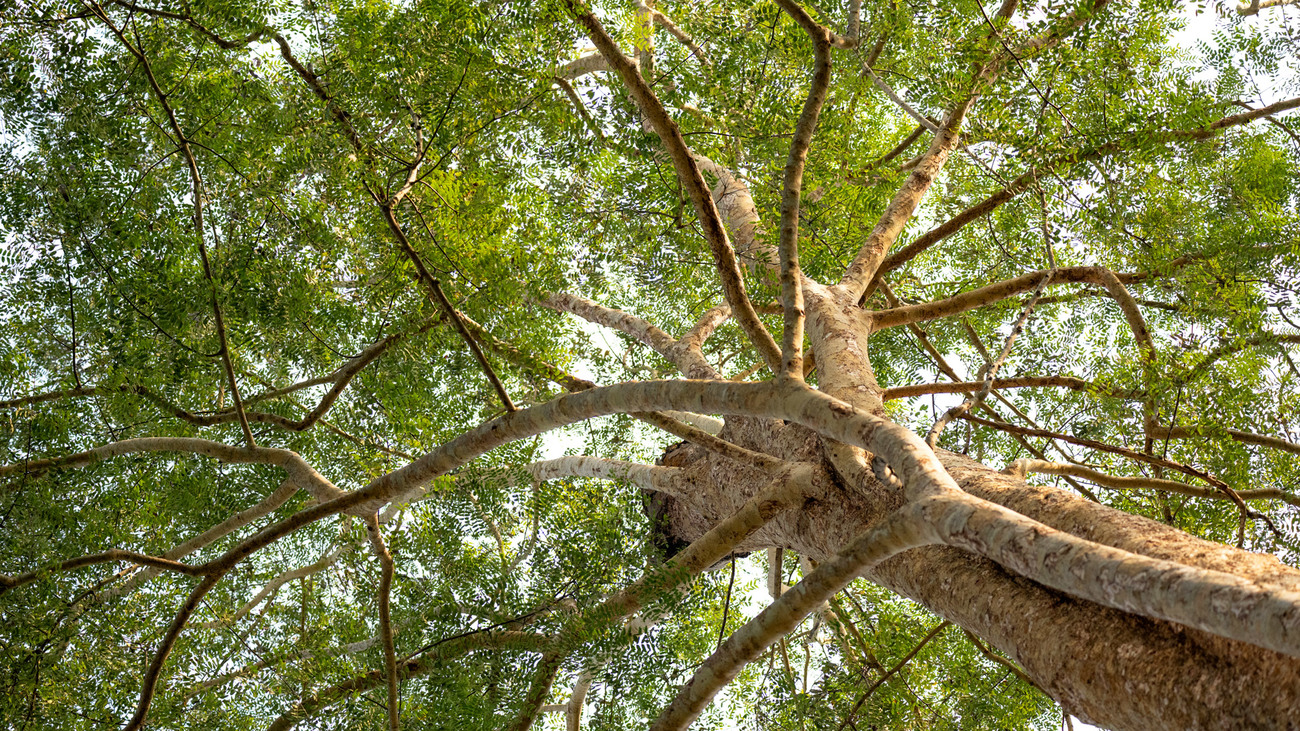
Forest animals are unfortunately threatened by a number of issues, primarily caused by humans. One is deforestation. Nearly 24,000 square kilometers (14,800 square miles) of forest are lost every year. Though logging is one root cause, agriculture is one of the biggest culprits—clearance of land for agriculture accounts for 80% of tropical forest loss.
The loss of forests directly fuels the climate crisis. Without forests, our planet’s ecosystems don’t have the same capability to convert carbon dioxide to oxygen. As climate change exacerbates, it will continue to degrade animals’ habitats, causing fires, floods, increased temperatures, and unpredictable severe weather events.
Biodiversity loss is an increasingly pressing issue. If we lose animals like elephants, entire ecosystems could collapse. And without animals, our forests won’t stay healthy.
IFAW is working around the world to combat these threats to wildlife and develop innovative, sustainable solutions. Learn more about our work by visiting our projects page.
Related content
Our work can’t get done without you. Please give what you can to help animals thrive.